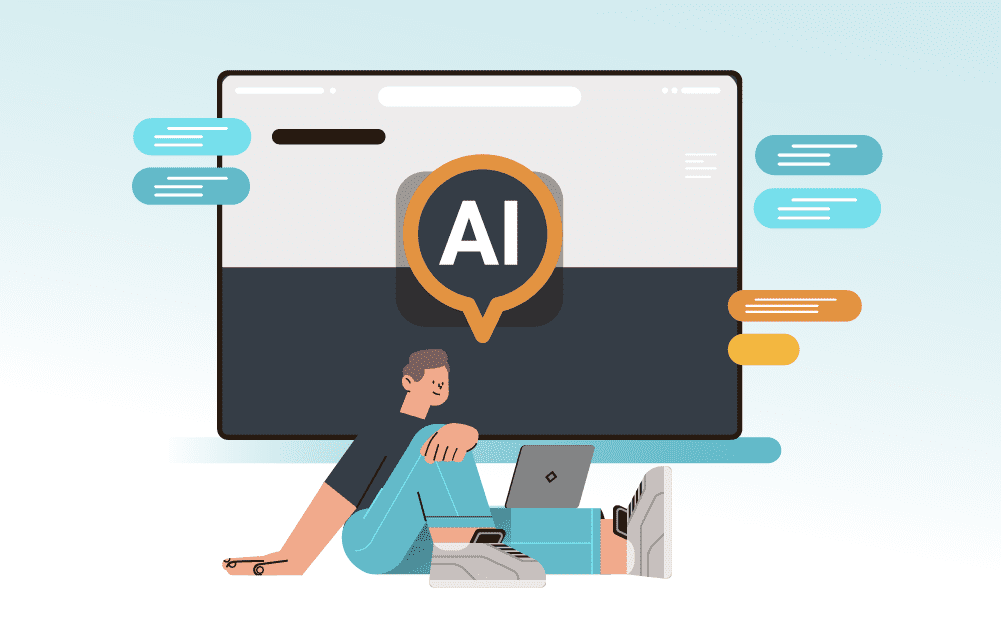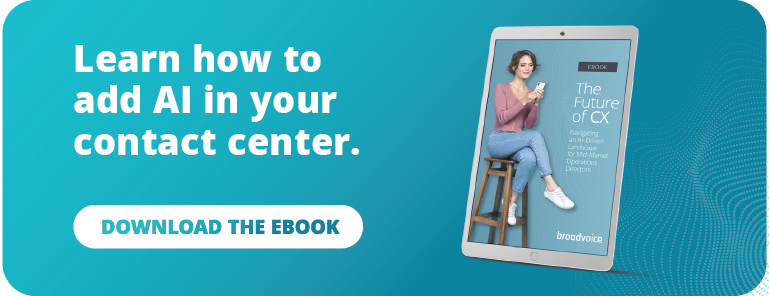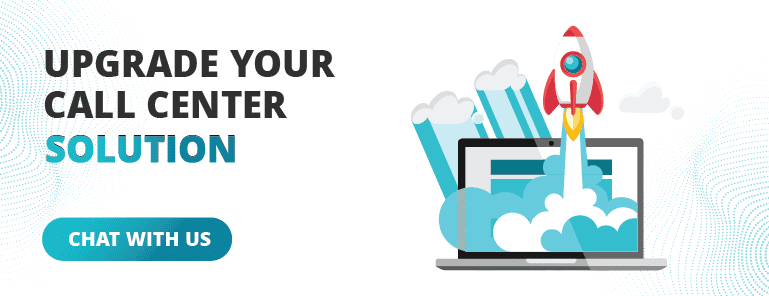Last year, I had surgery a few weeks after getting new health insurance. I was proactive about the change. I called my doctor and messaged the surgery center. And then, assumed all would be well.
Afterward, I received a rejected claim from my previous insurer and several incorrect bills from the hospital. A months-long headache ensued. I played phone tag with the billing office. I repeated my information about 20 times. I spoke to five different agents before the error was fixed in the hospital’s system.
It wasn’t a good patient experience. And the whole ordeal left me feeling less inclined to return to the hospital.
Whether patients have developed a strange knee pain or have a question about their prescription, quick and easy access to answers matters most. Patients want more from their doctors than a positive treatment outcome. They want a quality experience from start to finish. That’s why many healthcare providers are integrating AI in their call centers.
With AI call center software, you can ease major pain points in your patient experience while delivering better care, reducing inefficiencies, and improving your bottom line.
Pain Points Affecting the Patient Experience
A recent survey found that 50% of Americans are unsatisfied with their healthcare providers’ system. Unfortunately, this isn’t that surprising. Faced with high bills, archaic patient portals, and impersonal care, patients are burnt out. Some even avoid getting necessary medical treatment altogether.
Here are a few pain points in the patient experience:
- Long wait times that prevent fast access to care
- Inefficient call routing that leads to transfers and lengthy hold times
- Repeating information over and over (and over!) again
- A lack of personalized care and interactions from call center agents and medical staff
- Receiving inaccurate or incomplete information
- Difficulty scheduling, rescheduling, and canceling appointments
It’s a long list. But, with AI call center software in your practice, it doesn’t have to be so complex. With the right AI tools in your call center, you can alleviate the pain points plaguing your patient experience.
7 AI Call Center Software Tools to Address These Pain Points
Ready to transform the patient experience? Here are seven AI call center software tools that heal patient frustration.
1. Reduce Wait Times with Chatbots and Virtual Assistants
Long wait times shouldn’t keep your patients from fulfilling their basic needs — like ordering a prescription or requesting an appointment. You can combat long wait times in your call center with chatbots and virtual assistants.
These tools handle common inquiries and answer frequently asked questions. All without the need for human intervention. By automating routine tasks, chatbots and virtual assistants can reduce wait times and ensure quick responses at all hours of the day.
2. Decrease Call Transfers with Intelligent Call Routing
Confusing IVR menus and ineffective routing leave patients irritated. And it prevents them from getting accurate care. Intelligent call routing connects patients to the right doctor or nurse immediately.
Here’s how it works. The technology assesses patients’ needs based on initial input and spoken keywords. Then, it uses that data to route the call to the appropriate person. Instead of multiple transfers, patients reach the right person right away. The result? Reduced handle and hold times.
3. Optimize Omnichannel Care with AI-Powered Search
When you’re stressed about your health, the last thing you want is to repeat your birth date and why you’re calling. AI call center software improves the patient experience by optimizing omnichannel services.
Use AI to automatically retrieve and verify patient information. Then, when a patient contacts the call center, AI can pull up the patient’s records, past interactions, and relevant notes so agents are more prepared.
This reduces the need for patients to repeat themselves. Plus, it speeds up the interaction. With AI, patients receive consistent service regardless of their communication channel.
4. Provide Faster Service with Workflow Automation
Reduce the tedious administrative tasks that prolong interactions and increase workloads. Workflow automation (WFA) streamlines processes in your call center, like insurance verification, data entry, follow-up calls, and post-care instruction.
With these tasks aside, your team can help more patients and provide faster service. Plus, your call center and staff can focus on more complex patient needs.
Learn how to use artificial intelligence to enhance your operations.
5. Offer Personalized Interactions with Advanced Analytics
Advanced AI analytics allow healthcare call centers to personalize interactions. These tools pull data from previous interactions, medical histories, and patient preferences. Then, AI analyzes the data alongside the patient’s sentiment and tone to tailor responses and recommendations.
For example, let’s say a patient has a history of frequent migraines. With this context, AI presents relevant information to the agent and suggests appropriate next steps. Then, the agent can use these recommendations to personalize the interaction, which makes the patient feel valued. It also enhances their quality of care, leading to better health outcomes.
6. Share Accurate Information with AI-Powered Data Cleaning
AI-powered data cleaning tools monitor and update patient records to reduce errors, inconsistencies, and outdated information. When patients contact your call center, AI verifies their information to ensure it’s correct and relevant.
This AI data cleaning reduces the risk of miscommunication and eliminates the spread of incorrect information. Ensuring accurate information maintains trust with patients and helps them make informed decisions about their care.
7. Streamline Scheduling with Automated Scheduling and Reminders
AI-driven scheduling tools can manage appointments, reminders, and even cancellations. These tools allow patients to book, reschedule, and cancel appointments using various channels such as phone, app, and your website. The best part? They don’t need to talk with an agent to do it.
AI can also help reduce no-shows by automatically sending out reminders via text or email and capturing basic intake info. Streamlining the scheduling process gives patients autonomy over their appointments and improves their adherence to treatment plans.













